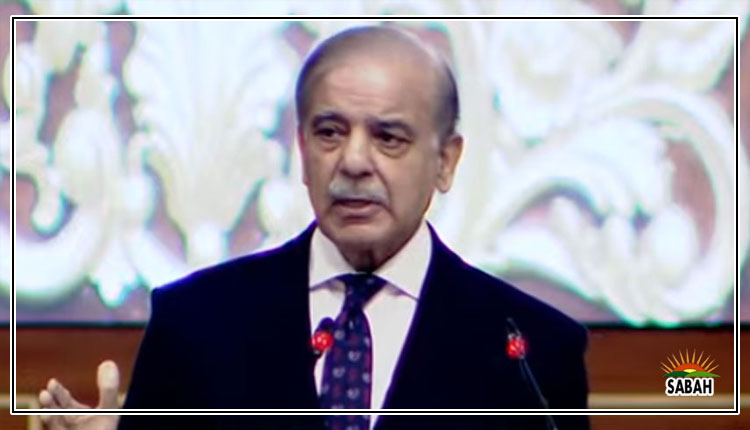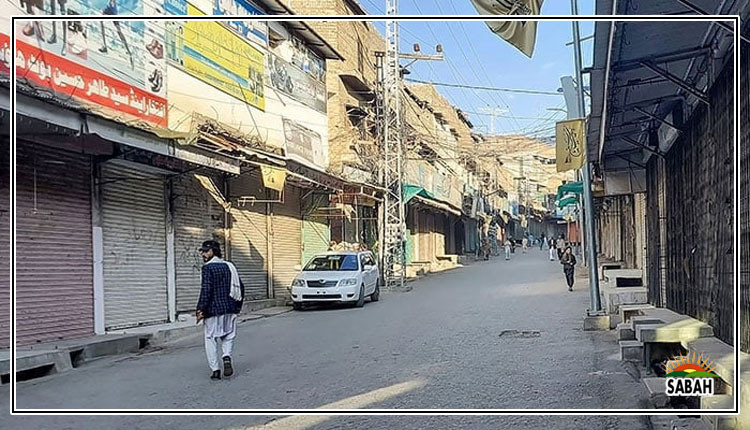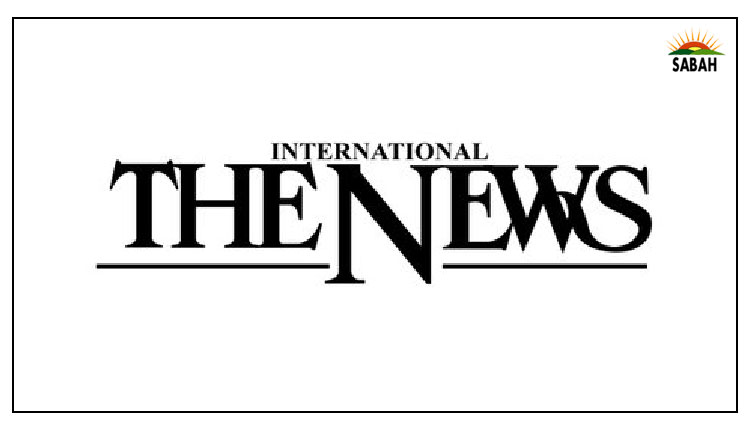The (only) light at the end….Hussain H Zaidi
Every nation has some pipedreams. We Pakistanis have several. One of them is to say goodbye to the IMF once and for all and start implementing an independent, home-grown strategy for economic revival with the assistance of a few affluent friendly countries.
But an otherwise unmanageable economic crisis awakes policymakers to the realization that the multilateral donor is the only light at the end of the tunnel.Pakistan has long been a regular customer of the IMF. Since the General Ayub regime of the 1960s, there has hardly been any government civilian, military or hybrid that did not draw credit from the Fund. In a grim reminder that technocracy is no solution to the countrys economic problems, in 1988 and in 1993, shortly before Benazir Bhutto was sworn in as prime minister, the outgoing caretaker governments comprising largely technocrats inked a credit agreement with the IMF and undertook to open up the economy to an extent which was grossly unwarranted.
From 225 per cent in 1988-89, maximum applied import tariffs were slashed to 100 per cent by 1993-93. Average applied tariffs, which were 91 per cent in 1992-93, were slashed to 51 per cent by 1995-96. Only few other developing countries have scaled down import tariffs so drastically on a unilateral basis. The tariff cuts pushed the domestic industry to increase foreign competition without developing its capability to do so. It was like expecting a toddler to run before s/he had learnt to walk.
The over-the-top penchant for opening up put the economy on the track of premature deindustrialization from which we have not been able to recover. The manufacturing-to-GDP ratio which was 15 per cent on average during the 1990s, fell to 12 per cent and 13 per cent respectively over the following two decades. In 2021, the share of manufacturing in total national output dropped even further to 11 per cent.
In a country facing deindustrialization, export growth, as a rule, falls well below import increase, as the demand for manufactured goods outstrips their supply. There are two possible exceptions to this rule: one, the country is a net-energy exporter (like the Gulf States); and two, the economy enjoys a competitive advantage in production of knowledge-intensive, high value-added products (as in the case of developed nations).
Pakistan possesses neither of these characteristics. Besides this, the birth rate has remained relatively high certainly much higher than non-labour resource expansion. As a result, trade deficit or external imbalance has remained a perennial feature of the economy, forcing the country to borrow abroad each year to bridge the yawning import-export gap and thus keep running external debt. The debt has to be repaid after maturity. Every year in the federal budget more funds are allocated to debt servicing than to any other head.
Given the state of the domestic industry and the severe resource constraint, the external deficit cannot be turned into a surplus in the foreseeable future. The only realistic challenge is to keep it from ballooning up and becoming unmanageable. At times, the trade imbalance does balloon up, as in FY2021-22, due to consumption-led growth, or for some other reason. Even when the external deficit is subdued, the scheduled debt repayment puts too much strain on the already meagre foreign exchange reserves, and the economy is pushed to the brink of default, as at present.
With friendly countries not bailing the country out by rescheduling the debt repayment, let alone dole out fresh aid, only assistance from the IMF can steer the economy out of the pit.
An IMF programme sets both short- and long-run objectives. In the short-run, the credit inflows are calculated to help the economy ride out the external deficit problem. An IMF programme improves the recipients credit ratings and makes it easier to draw upon other international borrowers. In the case of Pakistan, the short-run purpose is always achieved.
The long-term objective is to encourage restructuring of the economy. Typically, the recipe includes slashing the fiscal deficit by raising the tax-to-GDP ratio and cutting unproductive public expenditure, letting the domestic currency depreciate, liberalization of trade and investment regimes, market-based pricing, tightening of the monetary policy, and overall deregulation of the economy.
The ultimate test of a credit programme is that the recipient would not need to subscribe to it again. The fact that Pakistan has to seek IMF assistance periodically in recent years every five years coinciding with the election cycle is testament that the long-term objective of IMF programmes is never achieved.
Fiscal deficit is difficult to contain on both revenue and expenditure accounts. Businesses and celebrities are averse to having their high incomes taxed. The wholesale and retail sector accounts for 19 per cent of the GDP, but its share in total tax revenue is less than one percent. The same goes for the agricultural sector. Because of the immense political clout that these two sectors wield, they have defied all attempts at taxing them. Thus, the government has to rely on indirect taxes, such as customs duties and GST to plug the revenue shortfalls.
Indirect taxes are not only inflationary; they are regressive as well, as citizens irrespective of their income levels have to pay the same tax rate. Containing public expenditure is easier said than done as nearly 80 per cent of government spending is autonomous (debt servicing, defence, administrative expenditure). This means that it will be made regardless of the state of the economy. Hence, the axe almost always falls on discretionary spending, such as development expenditure, at the cost of the economys long-run productive capacity.
The IMF-sponsored programme can at best have a marginal effect on scaling down trade deficit, which is primarily undergirded by productivity constraints. In fact, depreciation makes imports expensive and thus worsens terms of trade (the ratio of export and import prices). As a result, the economys ability to import capital equipment, which is essential for growth, is snookered.
At 15 per cent, Pakistans investment-to-GDP ratio is among the lowest in the world. Not only that, we need the type of investment which raises the productive capacity of the economy. This entails diversion of scarce funds from quick yielding speculative investment in stocks and plots to the real sector (manufacturing, agriculture and value-added services), with the right tax and other incentives or disincentives, as the case may be.
However, such a move will face stiff resistance from the powerful real-estate sector, which bankrolls several political parties. Anyway, an increase in productive capacity of the real sector is essential for easing supply-side constraints and putting the country on long-term economic growth trajectory.
The quality of output is as important as its scale. Production of sub-standard products, even if it is on a massive scale, cannot provide a secure basis of long-term growth. In Pakistan, quality is widely regarded as the most negotiable feature of goods and services. Likewise, the businesses are geared more towards keeping the wages down than towards ratcheting up the productivity of labour.
Because the domestic industry is heavily protected, it can conveniently sell low-quality products at home. However, the same enterprises are either shy of entering foreign markets or find it arduous to compete there. Not surprisingly, at eight per cent, Pakistan has one of the lowest export-to-GDP ratios in the world. Export growth is stifled and cannot match import growth, with all its adverse implications. This calls for a proper regulatory and facilitatory framework to protect consumers and encourage the domestic industry to become competitive.
Domestic market reforms need to be the starting point for the overall economic reforms. However, for at least two reasons, such reforms are difficult to come by.
One, the powerful domestic industry will resist such a move, because it will dent its profits. Two, at least in the short-run, the reforms will put the brakes on economic growth, which will have substantial political cost. Hence, meaningful domestic market reforms will remain a pipedream. Coming to terms with the IMF conditionalities sounds a much more viable option.
Courtesy The News












